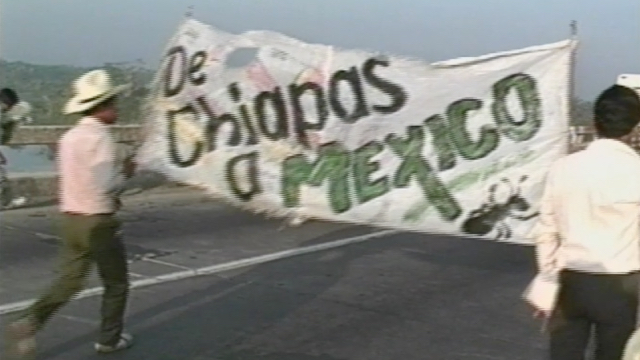

The Face of Indigenous History
The struggle of indigenous peoples for their recognition manifests itself in a variety forms and times.
|
2004
Synopsis
The struggle of indigenous peoples for their recognition manifests itself in a variety forms and times. The area of the Lacandona jungle, in the 1970s, as with the rest of the country, saw the first demonstrations demanding basic services, such as drinking water, roads, schools, hospitals, land, electricity and many others. Some time later, the main demand focussed on respect for their rights as indigenous peoples. This demand was carried as the main banner in all the movements that lasted until the beginning of the 21st century. Among the main figures were the indigenous peoples and the Zapatista Army of National Liberation (EZLN), which emerged on 1 January 1994.
After a march of indigenous peoples to the Congress of the Union organised by the EZLN, known as the “March of the Colour of the Earth”, failed to convince legislators, the indigenous peoples put autonomy into practice and the Zapatistas created of the Caracoles y las Juntas de Buen Gobierno, Good Governance Boards.
Artistic and technic data
Year:
2004
Direction:
Production:
Indigenous peoples:
Geographic area:
Language:
Spanish
Subject:
Genre(s):
Related films


Yaavi
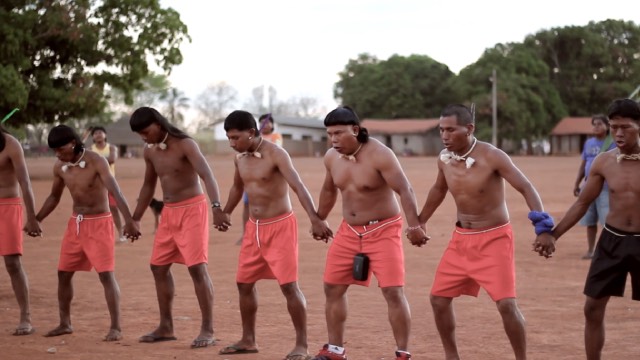
Xavante: Memory, Culture and Resistance
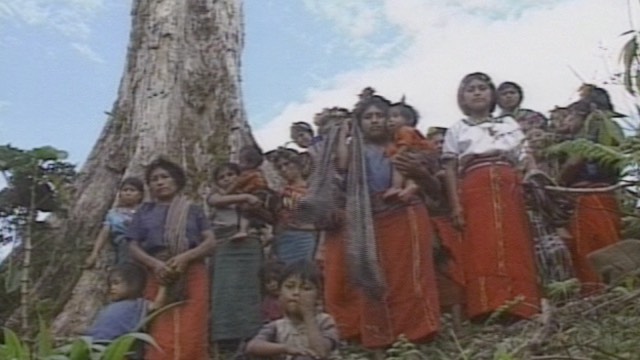
Winds of memory
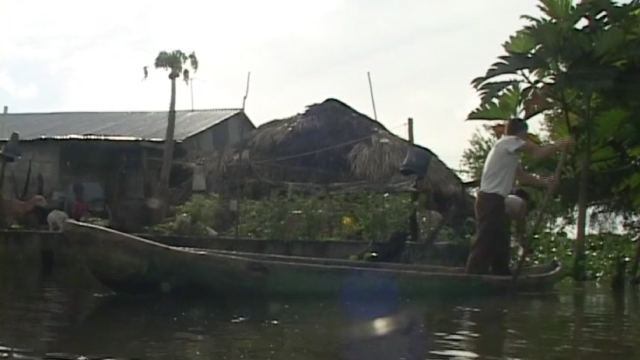
When the Storms Come
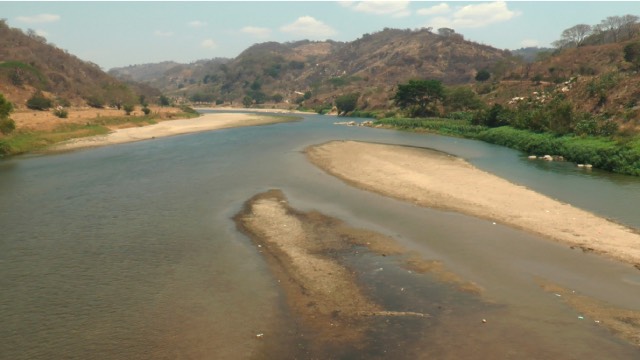
Voices of Water

Viejo Velasco: The Footprint of Agrarian Injustice
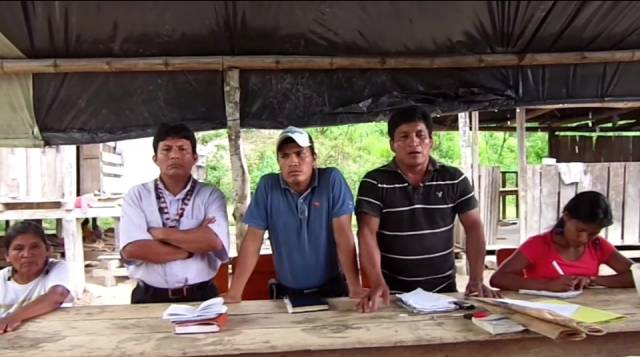
Unexpected Visit
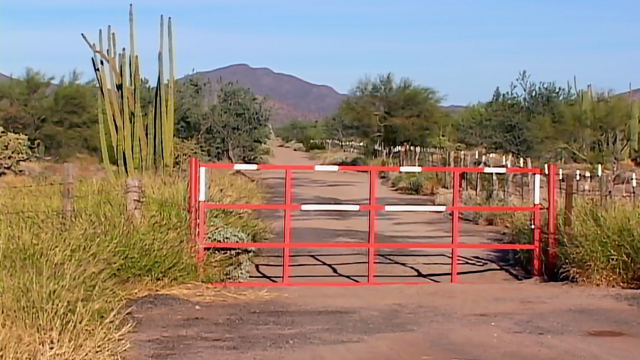
Toxic Waste in Pápago Territory
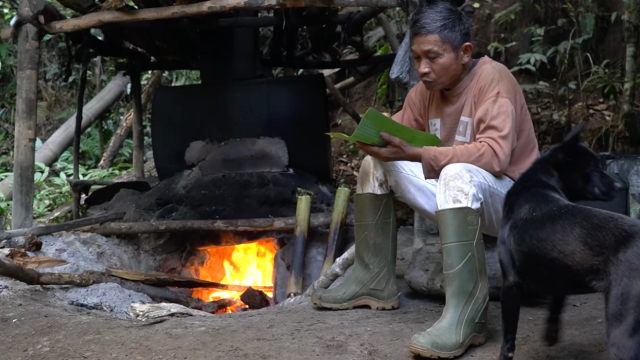
Tou Akel: The Guardian of Kayobaan
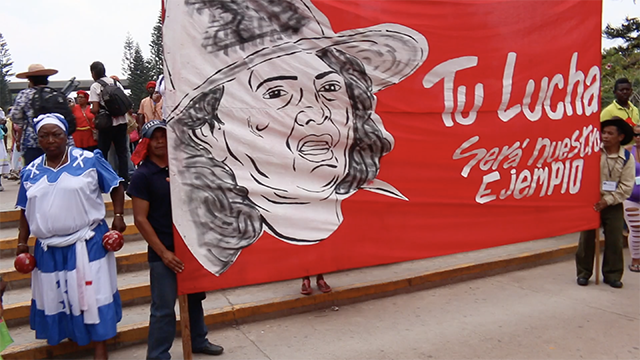
To the Memory of Berta Cáceres
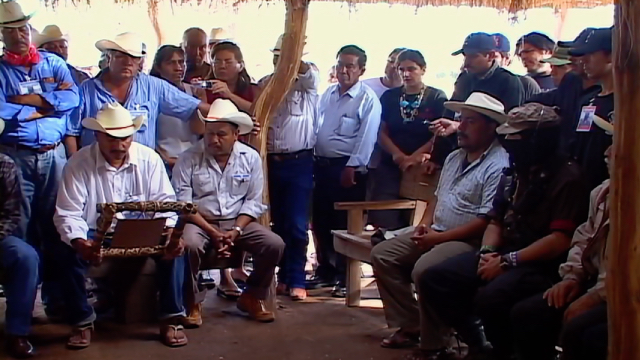
The Yaqui Agreement
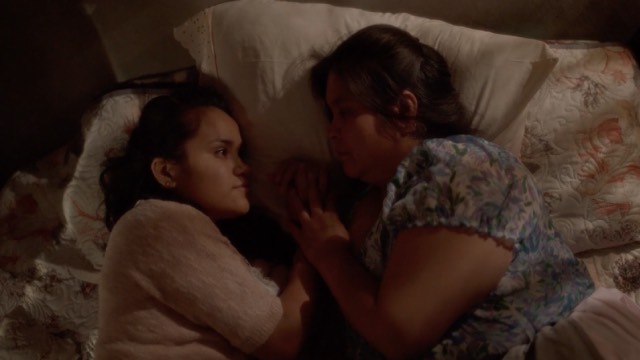
The Wait
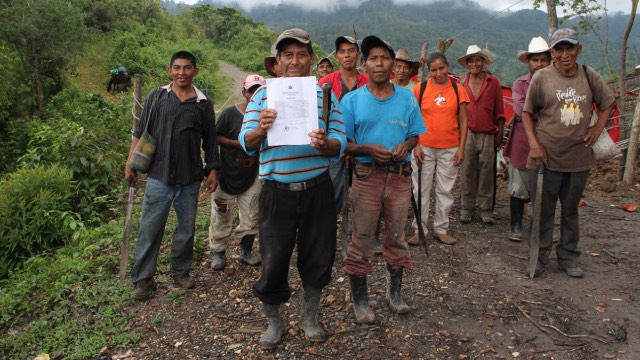
The Voice of the Gualcarque

The Struggle Continues, Truth and Justice for Mártires López
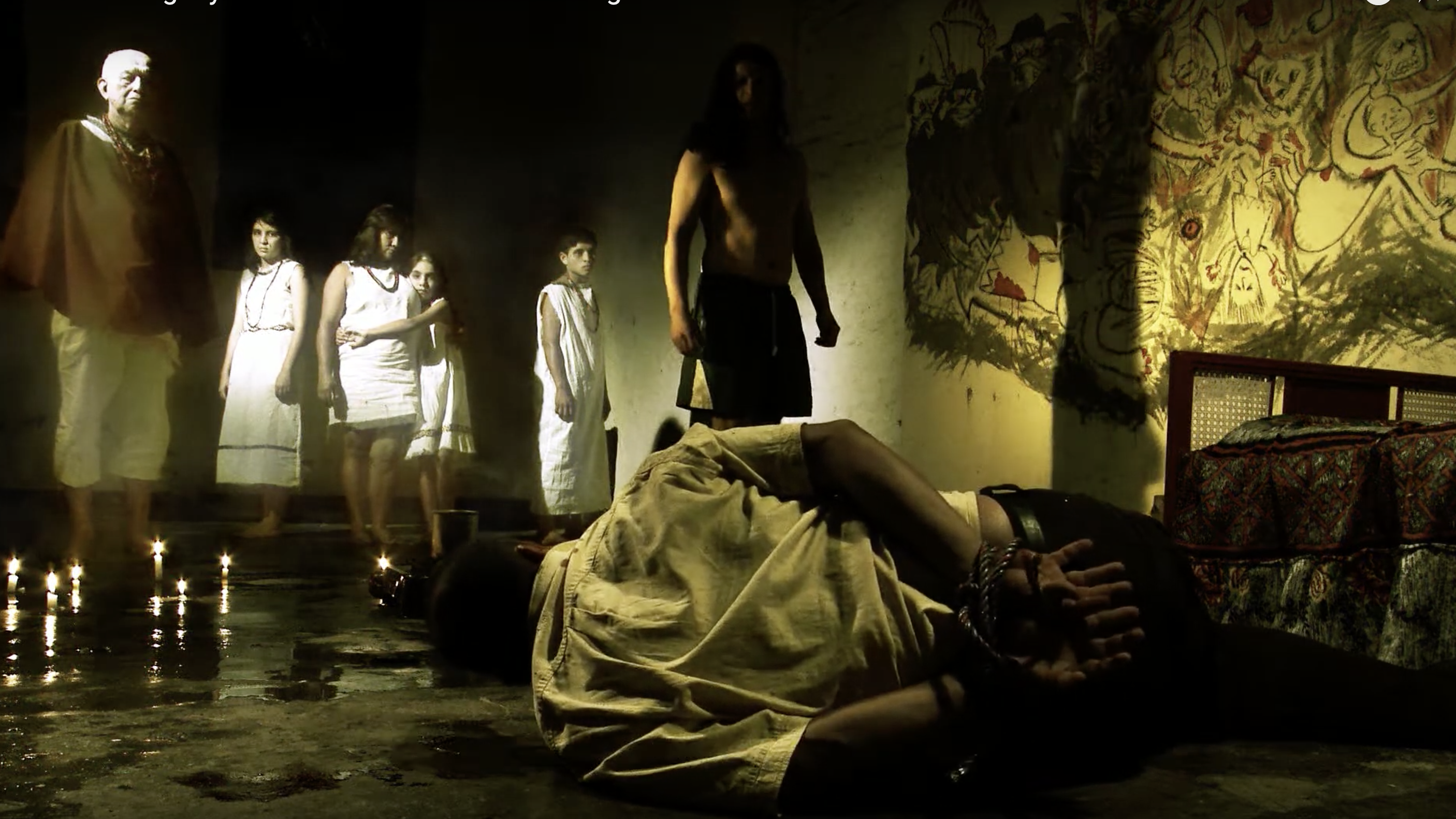
The River of Blood and the Two Banks
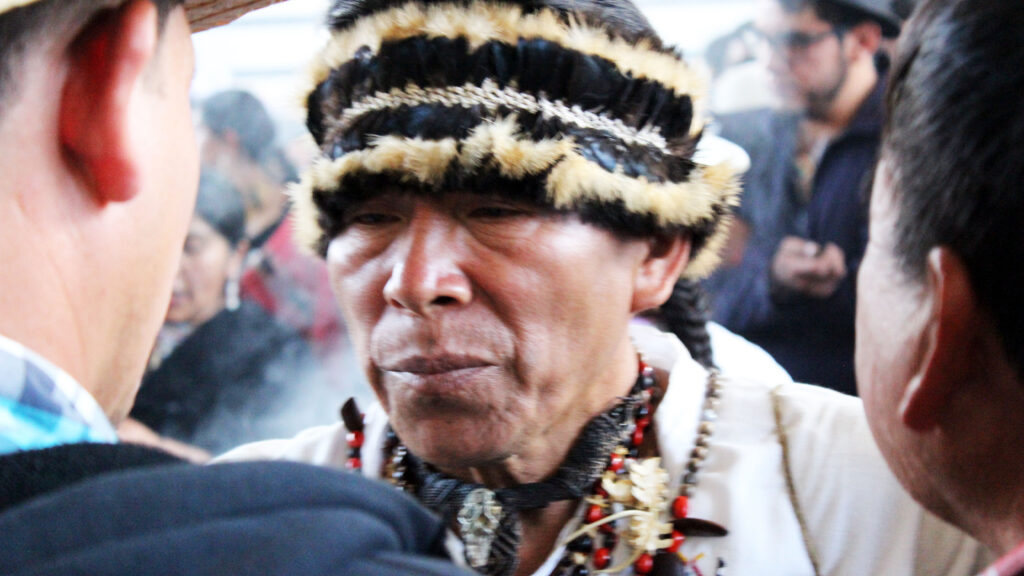
The Right Thing to Do. The Resurgence of Abya Yala
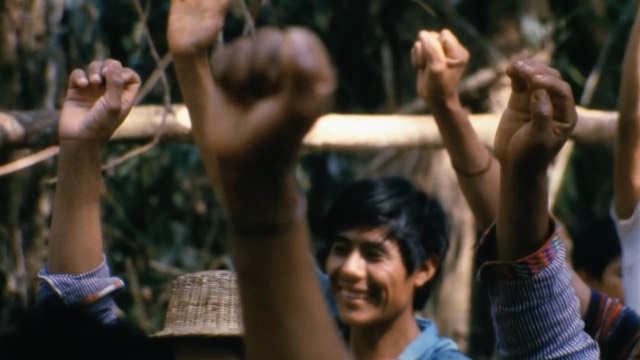
The paths of silence
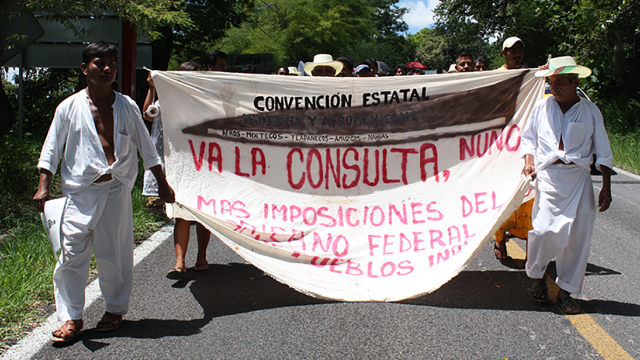
The Path Towards Enforcing the Right to Consultation

